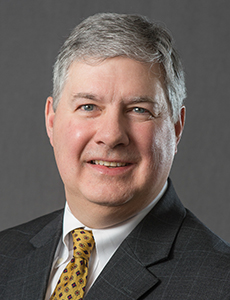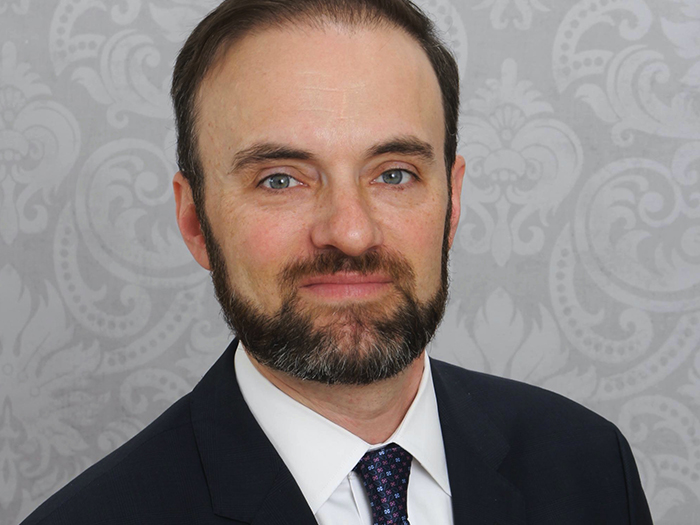Sponsored: Arch Insurance Company
Captive Collaboration

Risk never sleeps.
Whether it’s inflationary pressures brought about by monetary policies, or outsized jury verdicts that shock general liability underwriters, the economic tectonic plates that move markets and premium prices are constantly in motion.
These days, after years of soft market pricing, commercial insurance carriers are adjusting their rates to achieve adequate returns for deploying their capital to assume risk. You might call it a hard market in some lines, or a transitioning market in others. Call it what you will, the overall dynamic is that insureds who have not seen these kind of price increases before might be wondering where to turn.
Savvy CFOs, risk managers and their brokers are known to look to captives to manage risks and premium rates that they find unpalatable and not properly matched to their unique exposures. But despite the proven usefulness of captives as alternative risk management vehicles, many business managers still know relatively little about them.
“Surveys indicate that many CFOs still are not aware of the benefits of captive insurance, even though it’s something that we do every day,” said Bill Murphy, Executive Vice President for Alternative Markets for Arch Insurance Company.
Murphy is fresh from his participation at the Vermont Captive Insurance Association meeting in Burlington. He reports that there is keen interest in captives being expressed by risk managers and brokers, spurred on by the creativity experienced in face to face meetings.
“We’re seeing a lot of increased activity driven by the pricing increases that have been going on for several years, whether it’s automobile, liability, property, or wildfire destruction that is having an impact in the standard marketplace,” Murphy said.
“We’re also seeing a lot of interest from the middle market size insureds,” Murphy added.
“They’re the perfect clients for a middle-market group captive, where they are sharing risk and best practices with multiple companies,” he said.
Many may not know about captives. Just as many may not know how much of an industry-leading player Arch is in alternative markets.
“Our team in alternative markets focuses primarily on the group captive segment where insureds pool together and form their own captive insurance company. Then Arch will provide the actual policies to these insureds and will provide reinsurance protection over the risk retained by the captive,” he said.
Murphy estimates that Arch Alternative Markets will end 2023 in excess of $800 million in gross written premiums. In the area of group captives, which is a discipline Murphy has a particular fondness for, he believes that places Arch at number two among commercial insurance carriers writing group captives for U.S. companies.
Seeking Like Cultures

Bill Murphy, Executive Vice President for Alternative Markets, Arch Insurance Company
Numbers, such as premiums written and bottom line profitability, are important to all insurance business leaders. But it’s really by less tangible barometers, things such as culture, industry knowledge and willingness to be open and collaborative, that Murphy measures the quality of group captive management over the long haul.
The size of group captives that Murphy and his team provide insurance and reinsurance for ranges from groups as small as four, to groups of more than 100 companies. A group captive could be comprised of companies from the same industry, but what Murphy prizes particularly are heterogeneous group captives – captives that are formed by companies from different industry segments.
Carriers that seek to maintain long-term, sustainable profitability seek diversity of risk as they select clients. The same principle holds true for captives, which are in essence insurance companies owned by their members.
“If there’s something that impacts one particular industry, say construction has an issue, a heterogeneous group has diversification so it won’t impact the whole group,” Murphy said.
The affiliation Murphy seeks in group captive members has more to do with how the companies and their risk management programs are run, rather than by what economic sector they operate in.
“We’re looking for best in class companies,” he said. “Companies that have similar characteristics in and principles in terms of how they run their business,” he said.
“They want to be invested in the process of risk management, safety and claims management. They need to express an interest in learning from their peers and their partners within that group, in essence asking themselves, ‘What are they doing within their organization that I might be able to utilize within mine?’,” he added.
“’Pursuing better together’,” is one way to put it,” he said.
A group captive is also a way for a company to take on an acceptable level of risk, at an insurance cost they can tolerate.
“These insureds are everything from middle market companies to larger businesses, but they typically don’t want to take a full million-dollar general liability or auto limits loss. They want to take something a little smaller, where the frequency is more known and predictable. We’ll take the more volatile layer above that and provide them compliant insurance policies countrywide, so the captive doesn’t have to bear all of that cost or risk downside,” he said.
In terms of sector appetite, Arch Alternative Markets does a fair amount of work in the transportation and construction sectors, in addition to the work it does with heterogenous captives.
The Role of the Broker
A crucial piece of assembling a group captive that can succeed, meaning not only manage risk but return a profit to members, are the brokers and captive managers that work with a broad spectrum of companies. They can and do act as a filter to bring only the best prospects to the attention of Murphy and his team.
“Typically the captive manager is the person who brings us the program concept and they generate the prospective insureds that become members through retail brokers,” Murphy said.
After all, who better to judge the quality of a company’s risk management program than the broker who works with them? They should know the client’s business operations in detail.
“Brokers will put their best customers forward and will know which ones may not be ready for a captive.”
Murphy’s been involved in the insurance industry for over 30 years. You might think he’d be a tad jaded at this point.
But he said he continues to be energized by the spirit of collaboration that infuses the best group captives. He said he loves being a part of those relationships and dialogues.
“You can look at a submission on paper or on a computer, but it doesn’t compare to meeting with insured customers in person. These are proud people and they love to talk about their business,” he said.
“I relish going to group captive board meetings and just asking one or two questions and let them talk about what they like and what are the challenges with their business,” he said.
“It’s a really collaborative environment where everybody’s working to get better. I love that. It may sound cliché, but I do. It’s the best part of the business from my perspective.”
And like many who have learned to cherish the insurance business, Murphy is stimulated by the variety of each working day in the alternative markets space. Each insured is unique. Each group captive, by extension, is unique.
“If you’ve seen one captive, you’ve seen one captive,” Murphy likes to say.
To learn more, visit https://insurance.archgroup.com/north-america/united-states/offering/alternative-markets/.
This article was produced by the R&I Brand Studio, a unit of the advertising department of Risk & Insurance, in collaboration with Arch Insurance Company. The editorial staff of Risk & Insurance had no role in its preparation.










